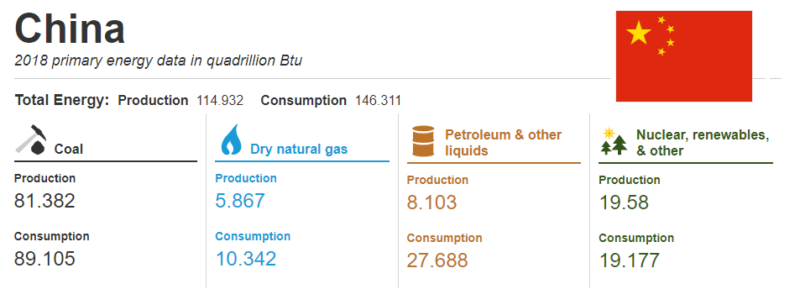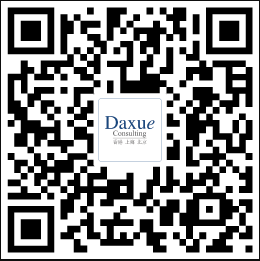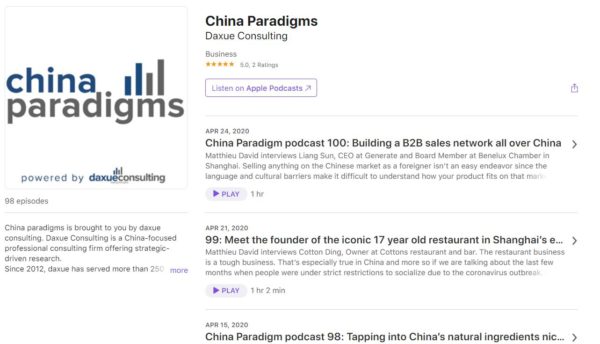As the COVID-19 pandemic was the main topic of discussion at the 75th United Nations general assembly, China took the world by surprise by making a bold and unexpected pledge: reaching peak carbon emissions by 2030 and achieving carbon neutrality by 2060. An ambitious plan to tackle global warming considering China is the country emitting the most CO2 in the world. To achieve carbon neutrality, China will have to invest considerably into nuclear and renewable energy, but it is unlikely that it will give up on coal entirely, by far the biggest energy industry in China. A solution for to reconcile one of the most polluting energy industries and reach China’s 2060 carbon neutral pledge : the use of Carbon Capture, Utilization and Storage (CCUS).
Carbon capture is a necessary element to limit global warming to 1.5 degrees celcius. According to a report by Mordor Intelligence, the global CCUS market size is expected to grow from USD 1.6 billion in 2020 to USD 3.5 billion by 2025, at a CAGR of 17%. CCUS in China is still in its infancy, but is about to reach very high demand to meet the 2060 carbon neutral pledge.

Source: EIA.gov. China is still heavily reliant on coal production and consumption
China is making a push towards nuclear and renewable energy
In order to tackle global warming but also to reduce the rise in illnesses caused by heavy pollution which has been an increasingly concerning problem, China has been doing a push towards green energies for years.
Thanks to long term planning and government funding with notably the 12th five-year plan from 2011 to 2015, China is now ranking world first in several green energy industries. China is notably the world’s largest producer of wind and hydroelectric energy as well as the largest consumer of solar energy and the world’s first and fastest growing EV market.

Source: IEA. China’s EV market is the largest in the world.
While not considered a renewable energy, nuclear power is another source of energy with limited CO2 emissions and China has big ambitions in that sector. Even though nuclear energy’s sustainability has been in the center of many debates in the global warming discussion, China is planning on developing it as a cleaner and more efficient alternative to coal. These efforts are paying off as China is projected to be the third country generating the most nuclear power by 2020 behind the United States and France. But despite China’s 2060 carbon neutral pledge and the efficiency of nuclear energy, it is unlikely that China will entirely phase out its massive coal production, this is where carbon capture technology comes into play.
What exactly is Carbon Capture, Utilization, and Storage?
Three ways of capturing carbon emissions
Carbon Capture, Utilization, and Storage (CCUS) consists in a process trapping the CO2 at it source, storing it and then either repurposing it or burying it, the goal being to reduce CO2 emissions and global warming. Carbon Capture has been used for years by the oil and gas industries to optimize hydrocarbons extraction, only recently it has been considered for environmental purposes. There are three ways to capture CO2 emissions:
- Post-combustion consists in grabbing the CO2 after the fossil fuel is burned by using a solvent as a filter. It is the most interesting as China is concerned because it can be retrofitted to existing power plants. Post-combustion can reduce up to 90% of emissions from a power plant, but is also quite expensive compared to the other alternatives.
- Pre-combustion traps the CO2 before the fossil fuel is burned using a chemical reaction in a catalytic converter. It is as effective as post-combustion capture and even is cheaper but cannot be retrofitted to older plants.
- Oxy-fuel combustion uses oxygen to burn the fossil fuel and trap the CO2-rich steam that comes out of the process. It is quite similar to pre-combustion except that the oxygen use makes the process overall more expensive.

Source: Petra Nova. this is an example of a coal power plant using carbon capture technology
Carbon re-utilization appears to be a more sustainable option than storage
Once captured, the CO2 can be transported either by pipeline or by tankers for it to be re-used or stored. For now, the energy industry has mainly opted for the storage option, which consists in injecting the collected pressured CO2 underground into porous rock formations (geological sequestration) or deep into the ocean. Although there is still a lack of conclusive scientific research on the subject, there are concerns about the catastrophic environmental consequences a potential leakages could have.
A more coherent way to limit environmental risks and global warming would be to focus on the “U” in CCUS: Utilization. CO2 recovered from carbon capture can be re-used to synthesize a large variety of useful chemicals such a methanol, biofuels, and PVC. It can also be used in the agriculture industry for microalgae cultivation and animal-feed products.
Implementing carbon capture in China
Both authorities and investors have a real interest for CCUS technology in China
Unlike for renewables, which China regulates by the Law of Renewable Energy and other related laws, China does not enact any specific laws for CCUS. Instead, there are five special notices or plans issued by different authorities at the national level while provinces have not issued any. On top of these five policies, the use of CCUS in China has been supported by an increasing number other unspecialized policies, notably during the 11th, 12th, and 13th Five-Years-Plans.
That increasing interest by the authorities for CCUS in China can be felt through the rise of the government’s budget and private sector investments in that department, respectively 200 million CNY and 1 billion CNY during the 11th Five-Years-Plan and 400 million CNY and 2.3 billion CNY during the 12th. This increasing interest has sprung Chinese research and development in the CCUS field, although it is important to note that the research has been focused more on carbon storage than carbon utilization.

Source: Researchgate. The number of Chinese institutes articles about CCUS has increased in quality and quantity
Chinese CCUS policies still have shortcomings
Despite the growing interest for CCUS reinforced by China’s 2060 carbon neutral ambitions, there are still today two major obstacles to the expansion of CCUS in China. The first one being a lackluster legal framework for CCUS, failing to provide legal guarantees and punish illegal behaviors doubled by a complex approval process making implementation a risky and long endeavor. The second is an overall lack of market stimulus due to the high investment companies have to advance and the lack of government subsidies. Indeed, CCUS value chain and components are not included into the large renewable energy industry. Despite these glaring issues, CCUS projects have been able to develop in China over the last few years.
Source: global CSS institute. A lot of CUSS projects have been able to flourish in China

What future for CCUS in China?
In order to meet its target to limit global warming by achieving carbon neutrality by 2060, China is set to revolutionize its energy sector to cut carbon emissions as much as possible. Mostly reliant on coal today, China plans, according to Chinese climate change institutes, to make a great shift toward renewables and nuclear and mostly abandoning coal.
The remaining coal facilities, which would account for only 5% of the Chinese energy sector, would use CCUS to minimize their carbon footprint. Although China has limited the implementation of new coal power plants and heavily subsidized renewables, the current policies do not suggest a shift as radical as predicted. This leaves the possibility that China plans to retrofit more of its coal power plants with CCUS technology. Either way, implementation of CCUS in China will be dependent on policy changes toward a better regulation of the technology to honor its 2060 carbon neutral pledge.
Author: Camille Gaujacq
Learn something new? Stay updated on the Chinese market by following our WeChat, scan the QR code below, or subscribe to our newsletter

Listen to over 100 China entrepreneur stories on China Paradigms, the China business podcast
Listen to China Paradigm on Apple Podcast






